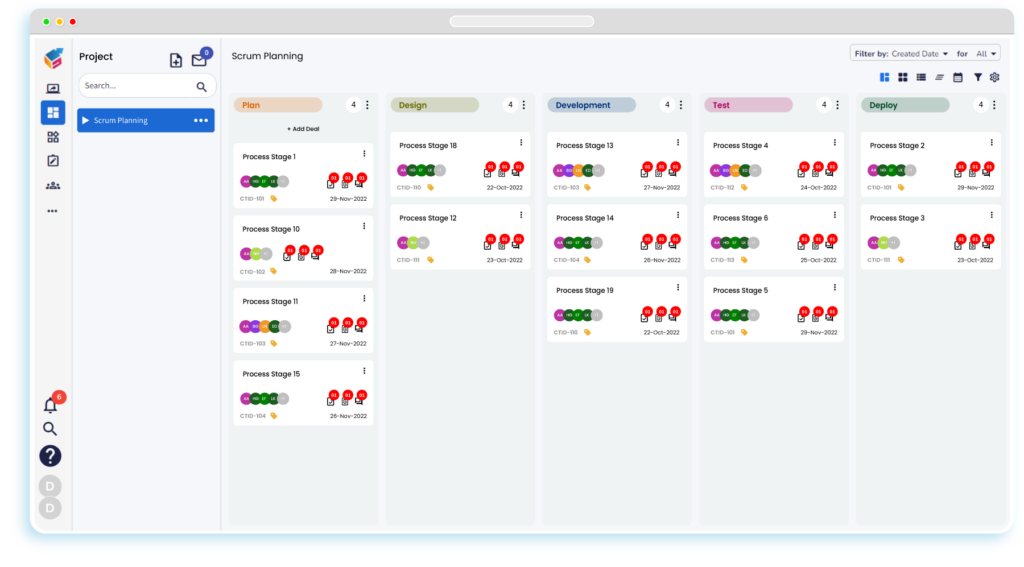Table of Contents
Retrospectives are a powerful tool in the arsenal of high-performing teams, yet they are often overlooked or not utilized to their full potential. In this blog post, we’ll explore what retrospectives are, why they are essential for team success, and how to conduct effective retrospectives that drive continuous improvement.
What are Retrospectives?
Retrospectives, also known as post-mortems or post-project reviews, are meetings held at the end of a project or iteration where team members reflect on what went well, what could have been improved, and what actions can be taken to enhance future performance. The goal of retrospectives is to foster a culture of learning, collaboration, and accountability within the team.
Why are Retrospectives Essential for Team Success?
Retrospectives play a crucial role in the success of high-performing teams for several reasons:
- Continuous Improvement: Retrospectives provide a structured framework for teams to reflect on their work and identify areas for improvement. This continuous feedback loop allows teams to learn from their experiences and make incremental improvements over time.
- Team Collaboration: Retrospectives promote open and honest communication among team members. By sharing their thoughts, ideas, and concerns, team members can build trust and strengthen their relationships, leading to better collaboration and teamwork.

- Accountability: Retrospectives help teams take ownership of their work. By identifying and committing to action items, team members hold themselves and each other accountable for implementing changes and improving their performance.
- Adaptability: In today’s fast-paced business environment, teams need to be agile and adaptable. Retrospectives help teams adapt to changing circumstances by allowing them to reflect on their processes and adjust as needed.
How to Conduct Effective Retrospectives?
To conduct effective retrospectives, follow these best practices:
- Set the Stage: Start by setting the stage for the retrospective, explaining its purpose and importance. Create a safe and inclusive environment where team members feel comfortable sharing their thoughts and ideas.
- Gather Data: Collect data on the team’s performance, such as metrics, feedback, and observations. Use this data to inform the retrospective discussion and identify areas for improvement.
- Generate Insights: Facilitate a discussion where team members reflect on the data and share their insights. Encourage them to focus on both the positives and negatives and look for patterns or trends.
- Decide What to Do: Based on the insights generated, work together as a team to decide on action items that will improve future performance. Ensure that these action items are specific, measurable, achievable, relevant, and time-bound (SMART).
- Close the Retrospective: End the retrospective on a positive note, acknowledging the team’s accomplishments and reaffirming their commitment to continuous improvement. Schedule the next retrospective to ensure that the feedback loop continues.
Conclusion
Retrospectives are a powerful tool for driving continuous improvement and building high-performing teams. By fostering a culture of learning, collaboration, and accountability, retrospectives enable teams to adapt to changing circumstances and deliver exceptional results. Incorporate retrospectives into your team’s workflow to unlock their full potential and achieve greater success.
Incorporating retrospectives into your Yoroproject can be a game-changer, revolutionizing how your team manages projects and collaborates. By embracing this practice, you’re not just improving team collaboration and building stronger teams; you’re also embracing the core principles of Agile methodology.
Sprint retrospective meetings, a pivotal part of Agile practices, offer a platform to reflect on past sprints, pinpoint areas for improvement, and enhance future performance. They complement other Agile practices like sprint planning and scrum planning, ensuring that your team stays focused and delivers top-notch work consistently.

Utilizing tools such as project sprint boards, project timelines, and work management systems can further enhance the effectiveness of your retrospectives. These tools streamline the process, making it easier to track progress and implement changes.
In conclusion, retrospectives are more than just a meeting; they’re a mindset. They provide a structured approach to continuous improvement, empowering your team to work more collaboratively, adapt to change more effectively, and ultimately, achieve greater success. So, don’t just conduct retrospectives – embrace them as a key driver of your team’s success!




